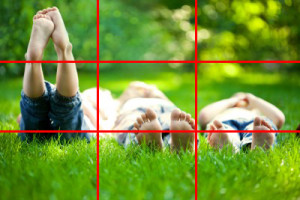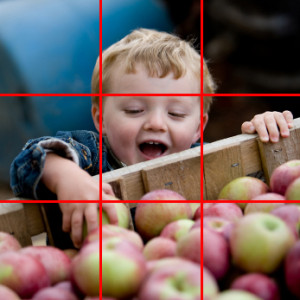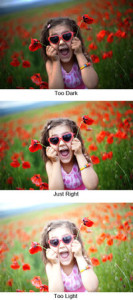By way of warning, if you’re eating as you read this, you might put your fork down for a moment… Ready? Let’s jump right in… When a parasitic nematode wants to reproduce and spread his seed, he needs to get inside the belly of a bird. Once there, he’ll make his way through the bird’s digestive tract and back out into the world again through the bird’s droppings. But the parasite’s work isn’t done. He wants to reproduce again. Only now he faces a bigger challenge…
He wants to get back inside the belly of a bird. But birds don’t typically eat other bird’s droppings. So he needs some assistance. That’s where an ant comes in. Ants will troll through a bird’s droppings looking for undigested food and pick up the parasite. The parasite doesn’t want to be in the belly of an ant (and birds don’t typically like the taste of ants), so the parasite will then make his way to the rear end of the ant and turn it into a bright red color. The bird thinks the ant’s backside is a berry and eats it. Bird eats ant. Parasite reproduces inside bird. Bird spreads the parasite again.
And so, the cycle of infestation continues. But what does this have to do with photography? (Note: It’s safe to start munching again if you feel up to it.) Well, for starters, if you know where you ultimately want your photos to be — in a magazine, on a billboard, hanging in local businesses, or for sale in picture frames at a department store – then you must first get past the belly of an editor… a stock agency inspector… or a fine art buyer. Once in their good graces, your photos will make their way to where you want them to go. Here’s some help on doing that…
All saleable photos that make it past the bellies of these buyers and inspectors have these four characteristics in common… Four characteristics of a good photo:
1) Good composition. The Rule of Thirds is not a “rule,” but it’s a guideline that will improve nearly every photograph. Instead of putting your subject smack dab in the middle of your photo, move to the side and place it on the right, left, top, or bottom third of the frame.
2) Good light. Good light is not too dark. Not too bright. And it’s typically evenly spread across your subject. Here’s an example of good and bad light…
3) No clutter or distractions. The most saleable photos have a single message with nothing like power lines, trash cans, garbage, or bright spots to distract from that message.
4) Subtle processing. Every photo you send out for sale should have a little bit of processing, whether you do that with a cheap photo editing tool you find online or you buy a professional program like Adobe Lightroom. Here’s the Taj Mahal, before and after processing in Lightroom:
Travel Photography Resources
5 Dos and 2 Don’ts for Travel Photography
Take Great Photos And Get Paid More For Your Travel Articles
Turning a Photography Hobby into a Monthly Income
The Pros Of Selling Your Images As Stock Photography
16 Mobile Photography Tips And Tricks Every Photographer Should Know






